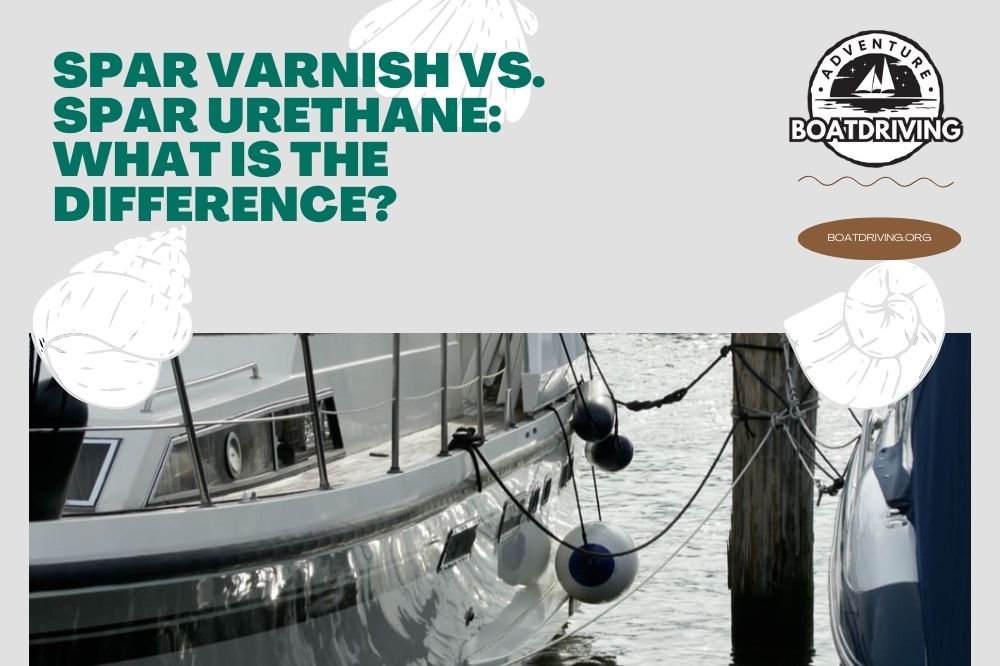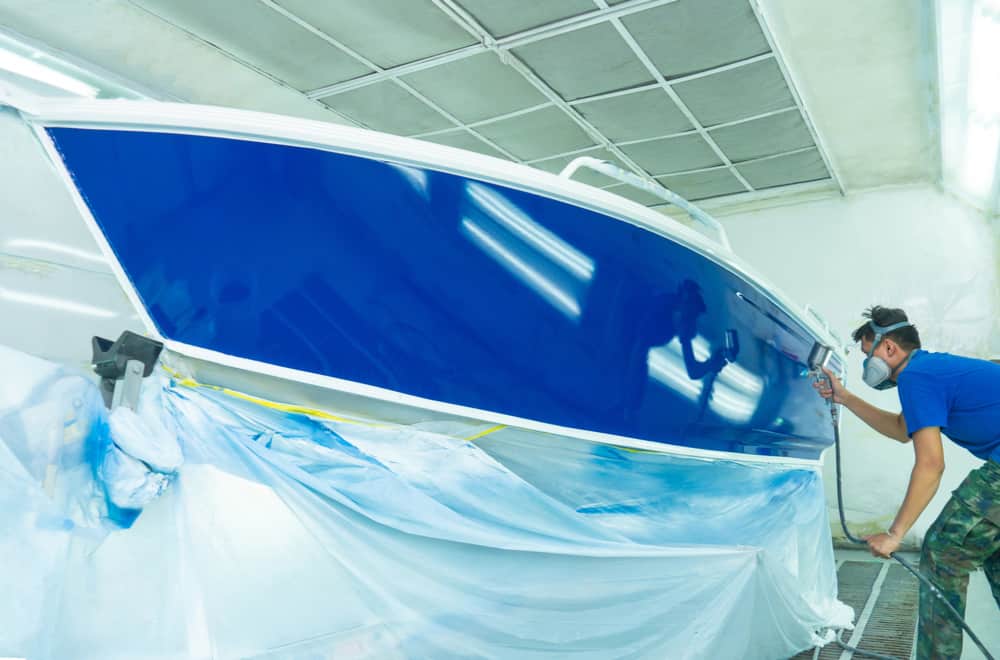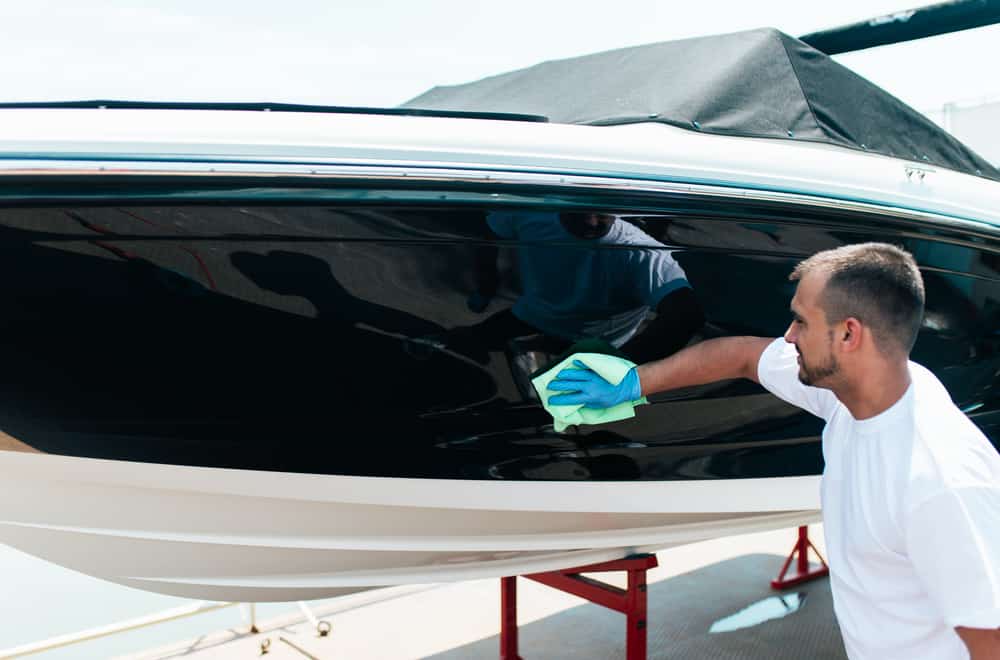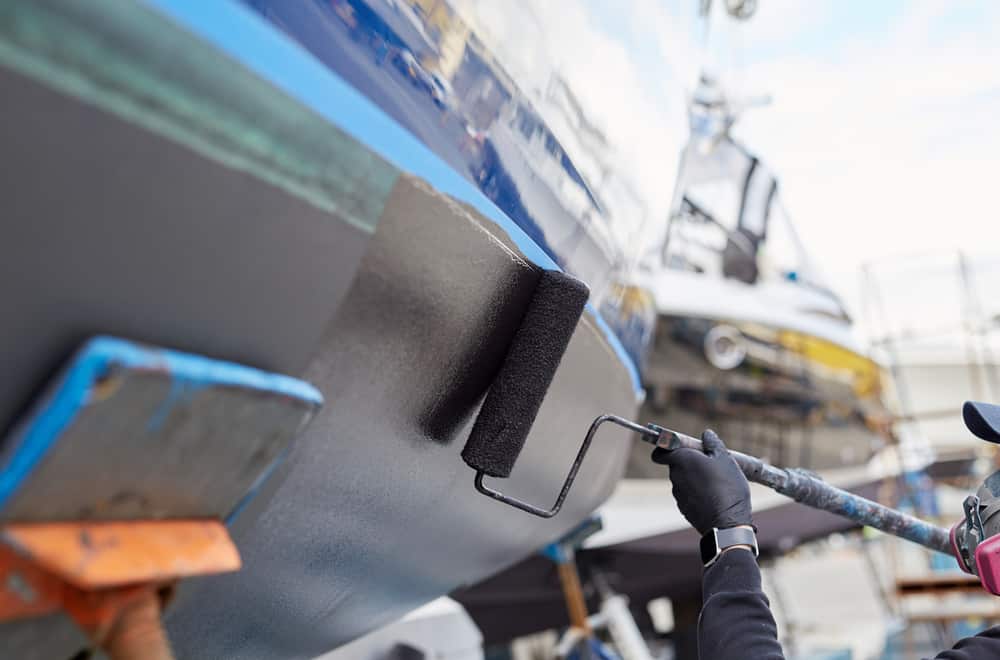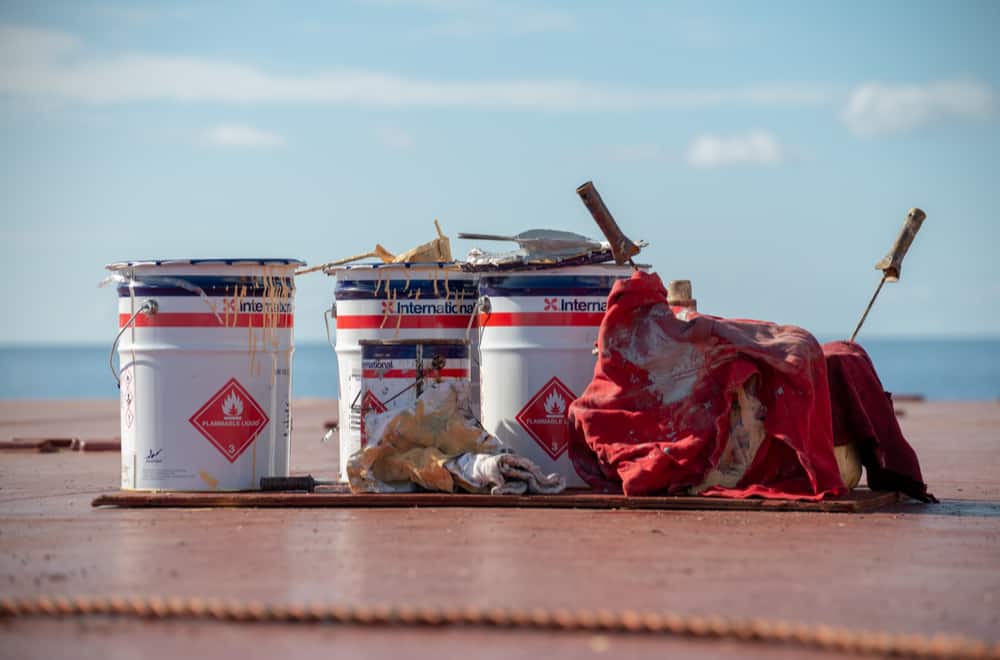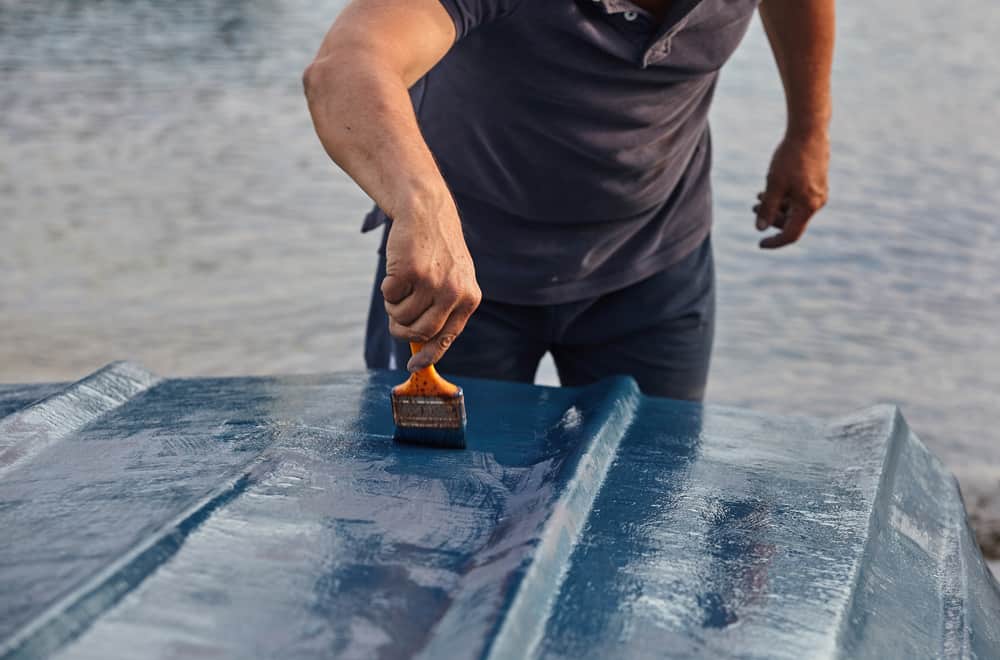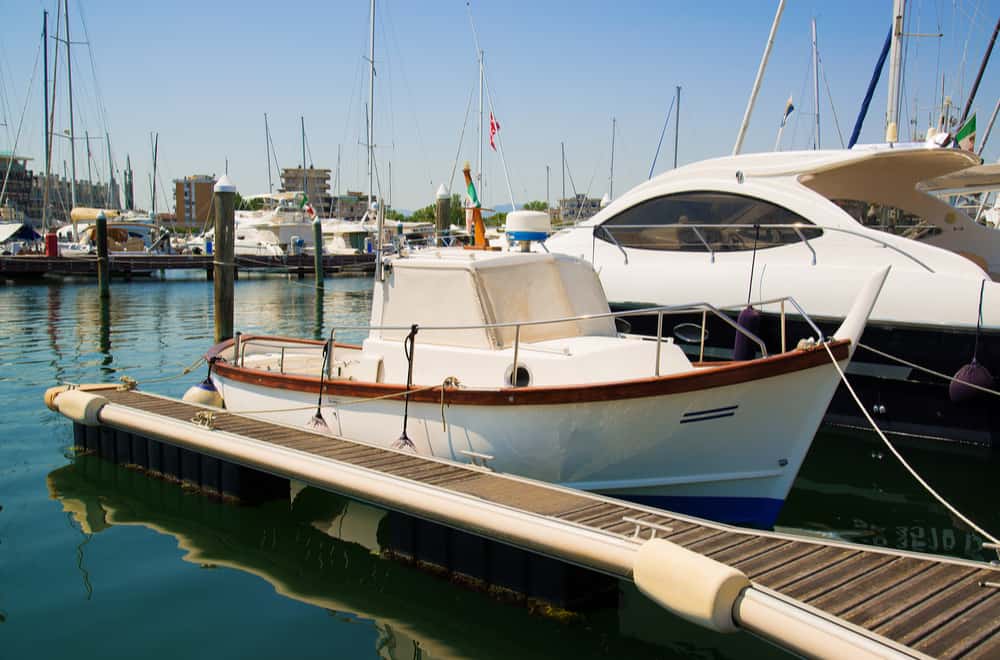While having multiple options is a wonderful opportunity to choose what’s best for us, some of us are overwhelmed with decision fatigue, aren’t we?
For instance, in case of your marine vessel finishes – spar varnish or spar urethane; which is better? To your rescue, while we cannot decide for you, we can definitely let you know the differences between spar varnish and spar urethane such that you can make a better decision on your own.
Furthermore, we’ll also share with you a brief overview of how to apply each of these products. We cannot wait any longer – spar varnish vs spar urethane; let’s get started!
Table of Contents
What is Spar Varnish?
Spar varnish has been used traditionally used to finish wooden boats and ships. Hence the name – marine varnish. Normal varnish isn’t able to withstand the abusive conditions in the sea, including salinity, moisture, harsh weather.
Therefore, spar varnish was developed using resins, UV blockers, solvents, and oils as primary constituents. Resins provide the shiny hard finishing property to spar varnish. As the name suggests, UV blockers protect the wood and the finish from UV degradation and fading.
Likewise, oils in spar varnish are responsible for aiding rod and fungus resistance and, thus, the durability of the wood and the finish.
The oils primarily used in spar varnish are tung oil and linseed oil. High-quality and expensive spar varnish companies prefer using tung oil instead of linseed oil since the former one is more durable and water-resistant.
Finally, solvents dissolve all of the ingredients in order to formulate a thin, easy-to-apply solution that provides a glossy, semi-glossy, or satin finish to the wood. The most common solvent used in spar varnishes is acetone.
In comparison to normal varnishes, spar varnishes are formulated to contain a high concentration of solvents and UV blocker additives.
How to Apply Spar Varnish?
1. Prepare wisely:
Choose a dust-free location and make sure that direct sunlight isn’t hitting the surface as it can result in uneven drying and, consequently, wrinkles. Be ready with your protective supplies, such as gloves, masks, and hair covers.
Remember that clean natural bristle brushes or badger hair brushes are great for spar varnish application. Also, keep your spar varnish can as steady as possible before application as shaking can result in bubble formation.
2. Clean the surface:
Once you have your protective gears on, use a solvent or chemical stripper to strip your old layers of varnish and clean the surface.
3. Apply spar varnish coat:
Paint a thin coat of spar varnish on one side and let it dry for a few hours, and then apply a thin second coat. If you plan on applying more coats, make sure you give each layer enough time to dry. Repeat the process on the other side.
4. The number of spar varnish coats and drying time:
It is recommended that you apply at least three coats of spar varnish for full protection. If the wood hasn’t been varnished yet, apply at least six to eight coats of spar varnish. You can even go overboard and apply around 10 coats of the varnish.
It is best if you let each of the coats dry for 24 hours and later coats for 48 hours to cure before sanding them or using the vessel. For extra protection, you can coat the surface with a few layers of epoxy before applying the spar varnish.
What is Spar Urethane?
A new formula of spar varnish has been developed in modern times, called spar urethane. In this formula, polyurethane is used as one of the resins. Polyurethane is a synthetic resin and passes scratch resistance and water resistance properties to spar urethane.
Due to spar urethane’s excellent weather resistance and UV resistance, spar urethane is a popular fishing product when it comes to exterior woodworking. Minwax Helmsman is one of the famous brands that manufacture spar urethane.
Like spar varnish, this wood finish is also commercially available in high gloss, semi-gloss, and satin formulae.
Spar urethane finishes have a yellowish hue to them, given their high resin content. Therefore, spar urethane isn’t suitable for indoor application unless you enjoy the look.
Types of Spar Urethane:
Spar urethane can be either water-based or oil-based. Water-based spar urethane has a quicker drying time, whereas one needs to wait an hour or two after applying each layer of oil-based spar urethane on the surface for a good finish.
Likewise, water-based spar urethane also produces lesser fumes and is also acclaimed for easy cleanup.
Furthermore, many seem to have confusion that if or not water-based spar urethane is water-resistant. And the answer is that be it oil-based or water-based, spar urethane displays impressive moisture resistance properties.
How to Apply Spar Urethane?
1. Wise prepping is essential:
Just as in the case of spar varnish, select a dust free-environment and moderately warm day, around 77 °F. Use a natural bristle brush or a household paintbrush to apply the coats.
Start by cleaning the surface using a degreaser, and in the case of metal surfaces, make sure you use an appropriate primer. Sand the surface beforehand for a smooth finish.
2. Apply even coats of spar urethane:
Thin the formula as suggested in the label. Diluting it by 10 to 20 % will make the application easier. In case of spray spar urethane, make sure you shake the can well before use. Apply thin initial coats and give them enough time, at least an hour or two, to dry in between.
If, due to any unfortunate reason, the coats need to be resanded, wait for 72 hours to sand the spar urethane layer. Finally, allow 24 hours of curing time for the final coat to dry before using the vessel.
At least three coats of spar urethane are recommended on an exterior surface. Likewise, the general rule of thumb for interiors is two coats on an already finished surface and a minimum of three coats if the wooden surface is unfinished.
Spar Varnish Vs. Spar Urethane
1. Durability:
Well-layered spar varnish will last for around 8 to 10 years. On the other hand, spar urethane coats will last for around 10 to 15 years or even more with proper maintenance.
In case of cracking or peeling varnish, make sure you sand the area and coat it a few times using a good quality spar varnish. Therefore, spar varnish must be periodically reapplied to seal flakes and chips.
2. Hardness:
Resins in the varnish determine their hardness. Spar urethane is comparatively harder than spar varnish. While spar varnish tends to chip off over time, spar urethane remains a hard and shiny surface.
3. Flexibility:
In order times, spar varnish available in the market were impressively flexible. However, they weren’t great UV and moisture protectants.
With advancements in polymer chemistry, while the UV and weather resistance of spar varnish has improved tremendously, the flexibility has gone downhill.
On the other hand, spar urethane isn’t as flexible as spar varnish. Meaning, in case of extreme expansion and contraction of wood under the influence of temperature changes, spar urethane will not hold its quality and, therefore, crack.
4. UV and weather resistance:
Spar urethane is acclaimed for its UV and moisture resistance ability. On the other hand, Spar varnish wasn’t quite impressive in protecting the surface from moisture.
However, with modern polymer chemistry in action, modern spar varnish formulae also provide decent resistance against moisture, harsh weather, and UV.
Let’s take a look at a recent advancement. In a patent on moisture-resistant varnish, it is mentioned that commercial spar varnishes are only 70% water-resistant. The patent further states that adding chlorinated naphthalene to prepared spar varnish will reduce the water absorption in spar varnishes by 33%.
5. Cost:
Spar urethane is relatively more expensive than spar varnish. However, given its higher UV and moisture protection and durability, many experts claim that spar urethane is definitely worth it. This finishing option gives you the best value for money in the long run.
| Spar Varnish | Spar Urethane | |
| Flexibility | Very impressive in older formulae and is comparatively lower in modern form | Relatively lower |
| Hardness | Relatively lower still very tough | Relatively higher |
| UV and weather resistance | Pretty impressive in modern formulae but weren’t good in traditional forms | Excellent UV and weather resistance |
| Drying time | Dries relatively slower | Dries quickly |
| Cost | Comparatively cost-effective | Expensive |
Can You Apply Spar Varnish on top of Spar Urethane?
Yes, you can seal your spar urethane layer using a layer or two of spar varnish. Doing so will protect your spar urethane from moisture and UV degradation.
Can You Apply Spar Urethane Over Spar Varnish?
However, applying spar urethane over spar varnish isn’t recommended as the varnish will start to crack in the long run, given its higher elasticity.
Summary
In short, we can simply say that spar urethane is a modern form of spar varnish as there is just a slight difference in their chemical composition. Which of these options seem like a better fit for your vessel? Let us know in the comments. We’d love to know your preferences!
